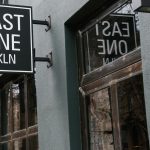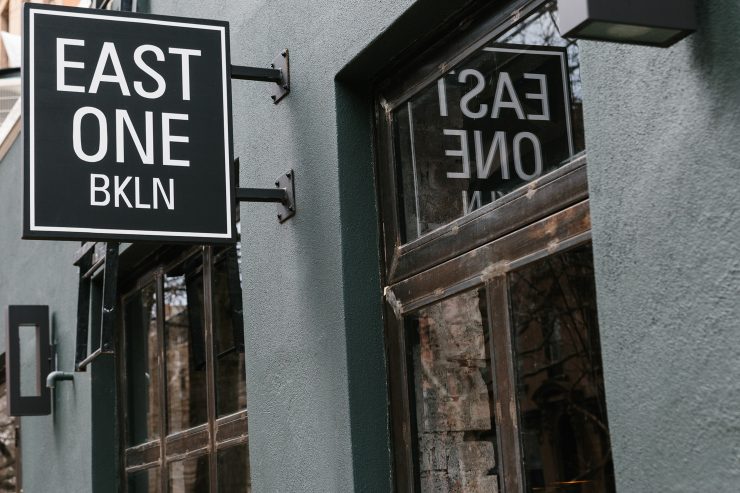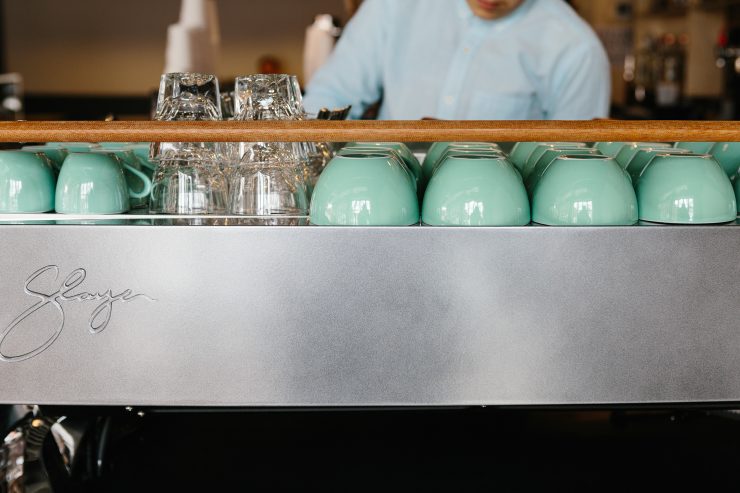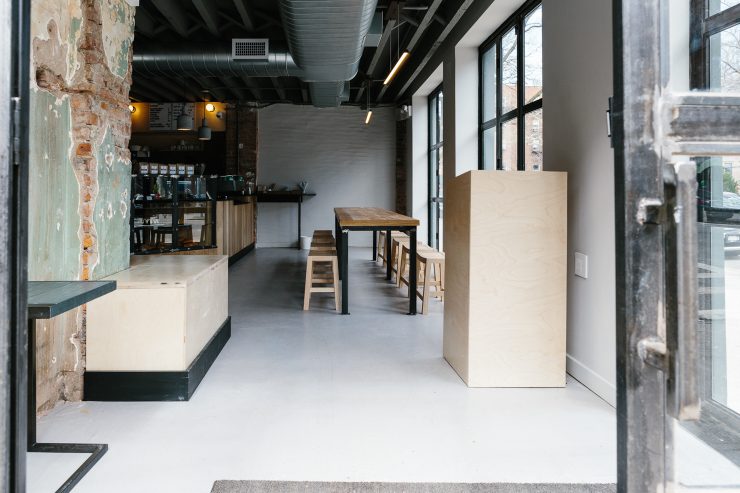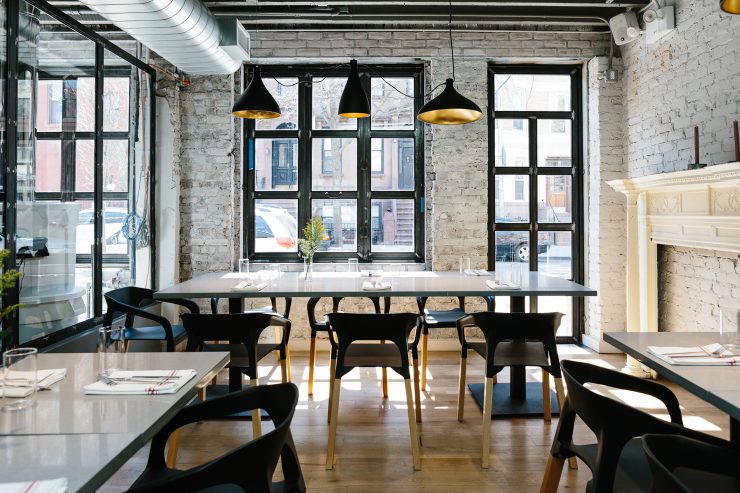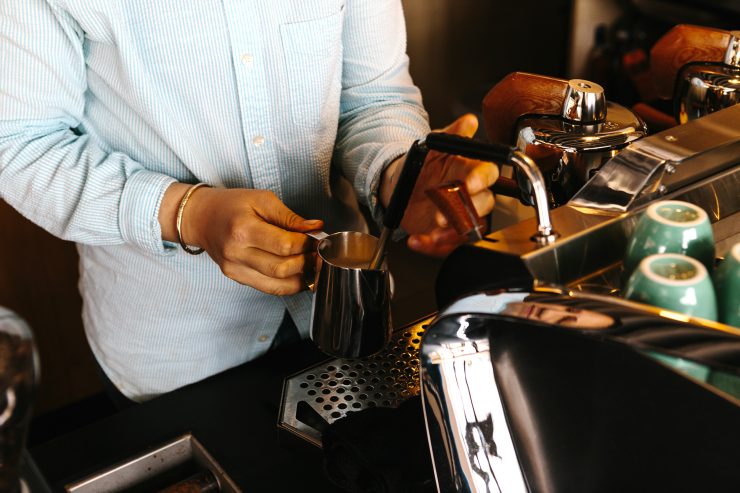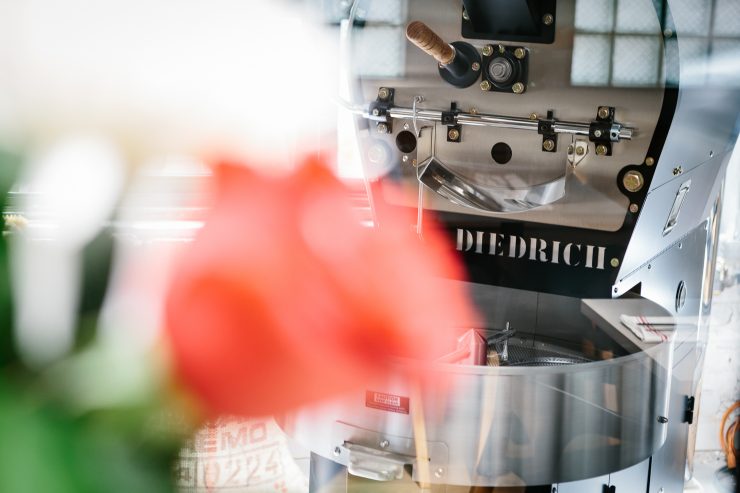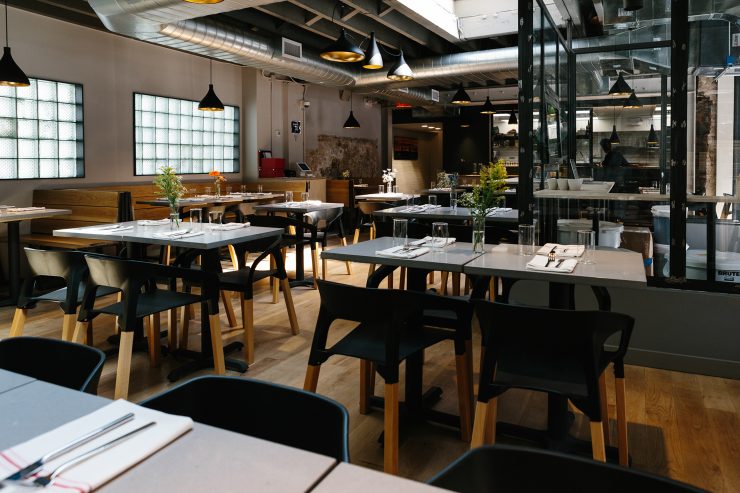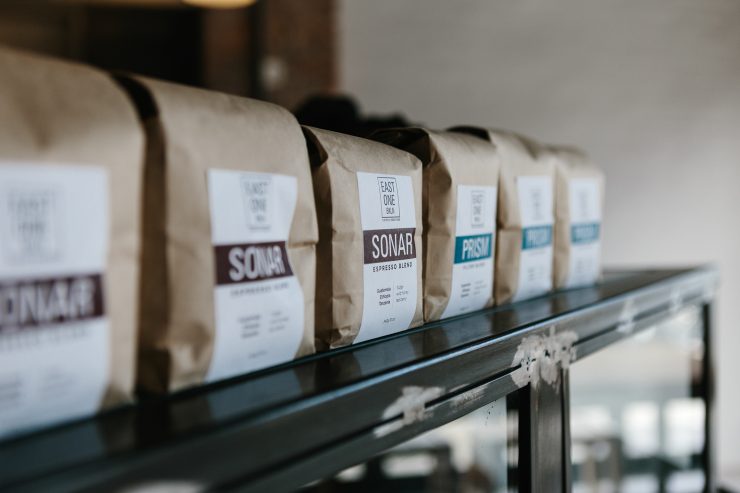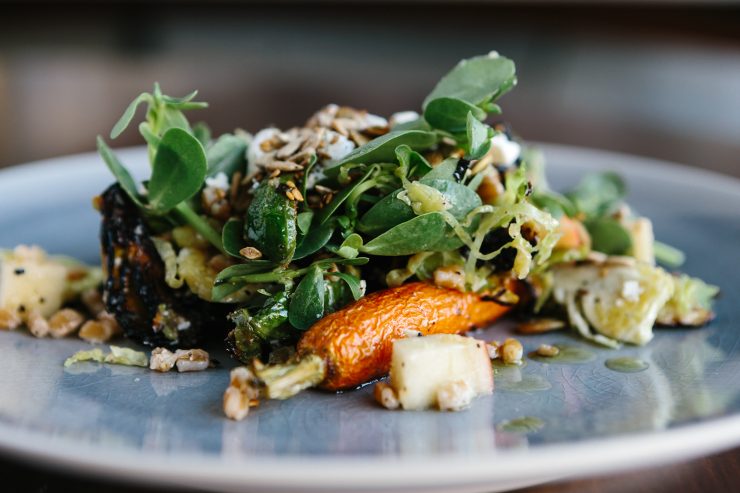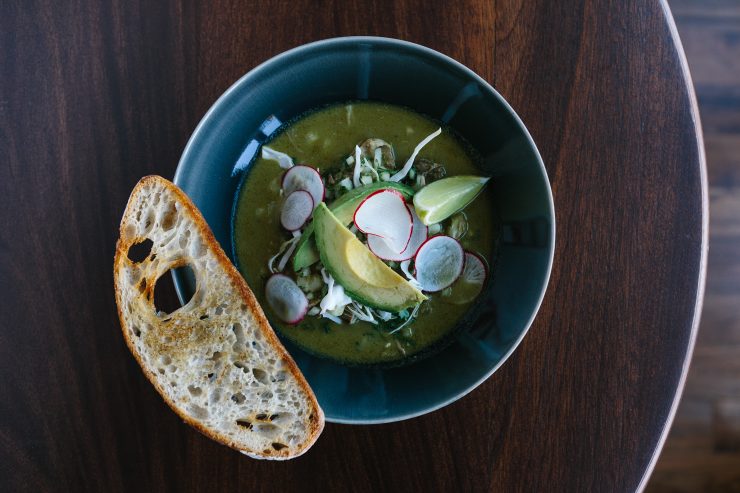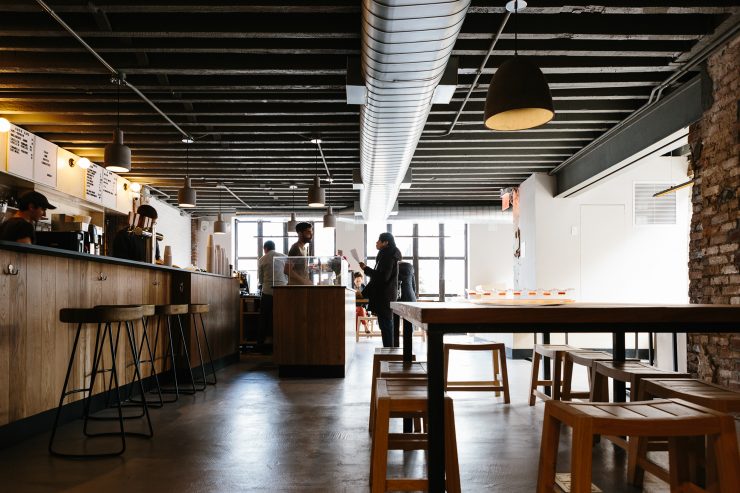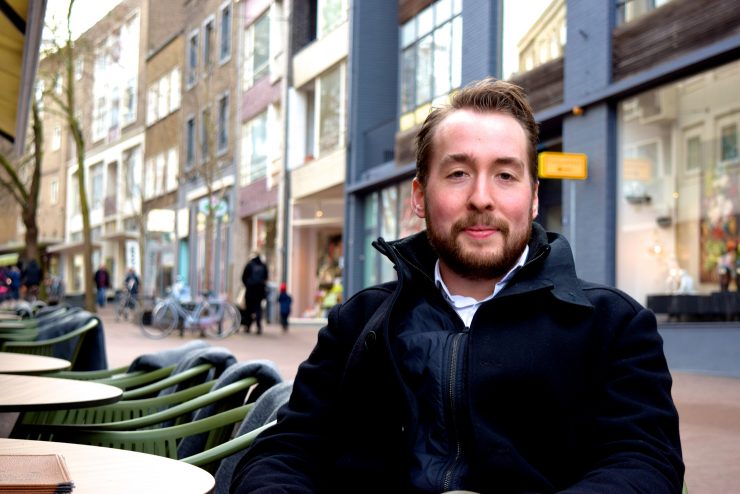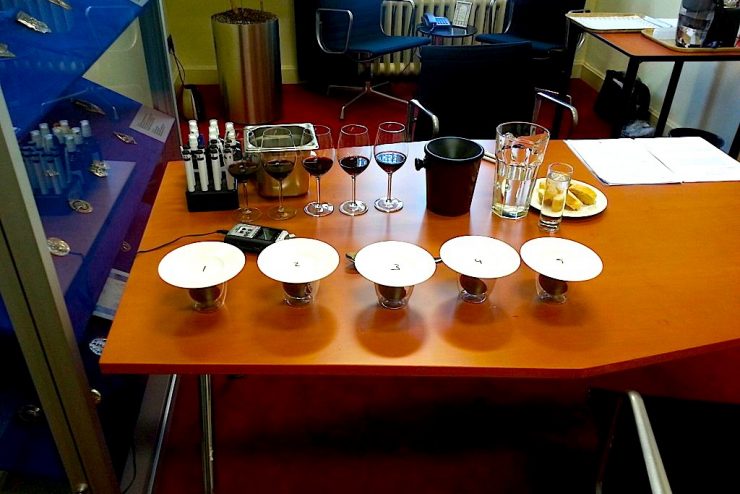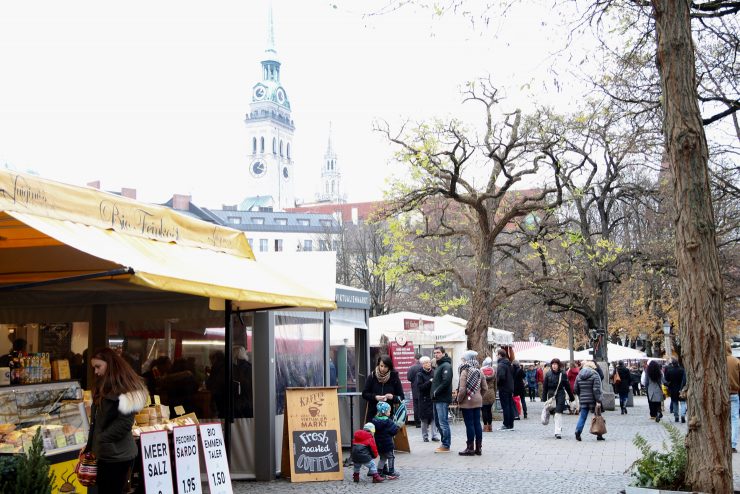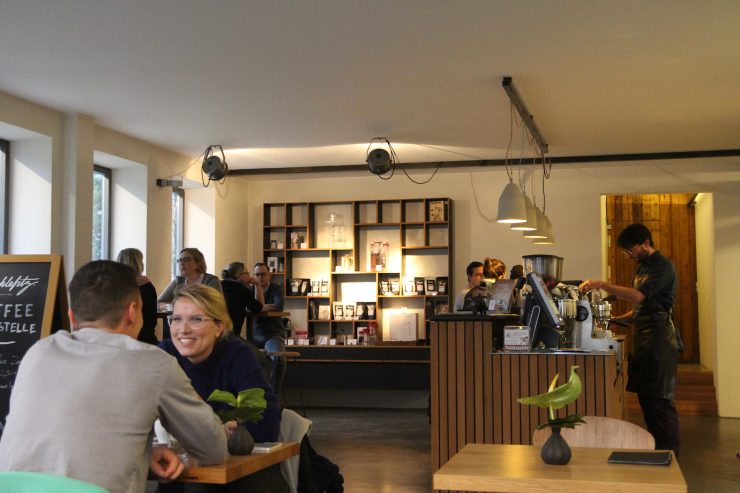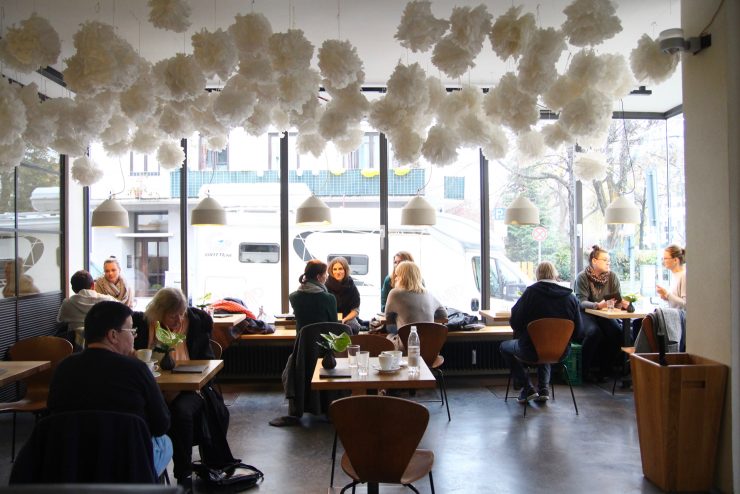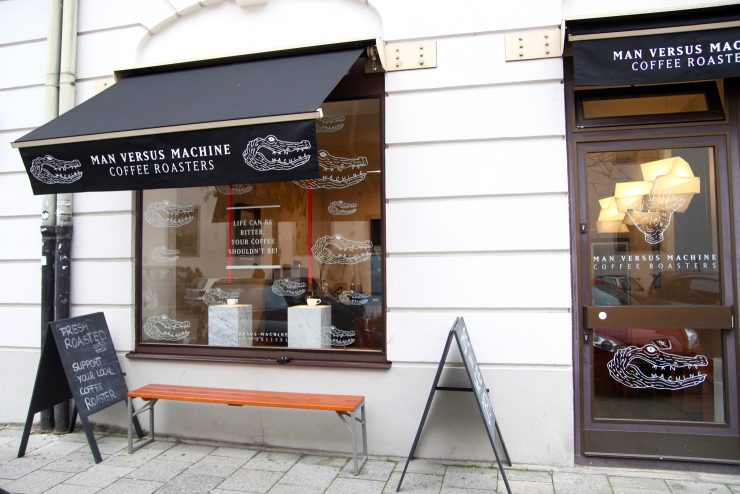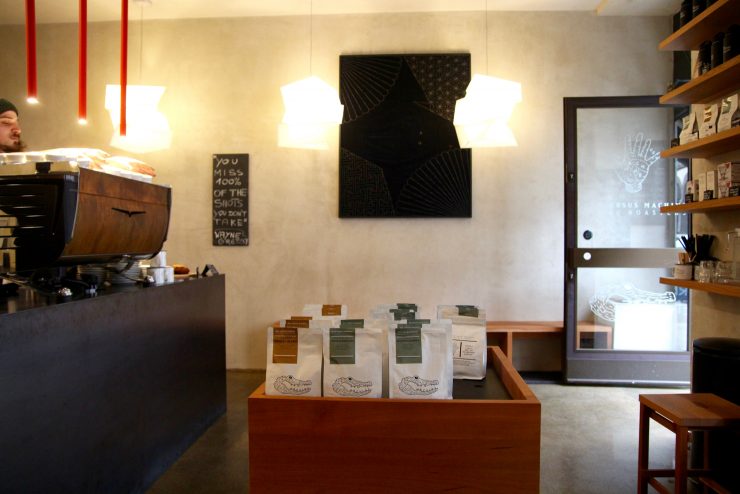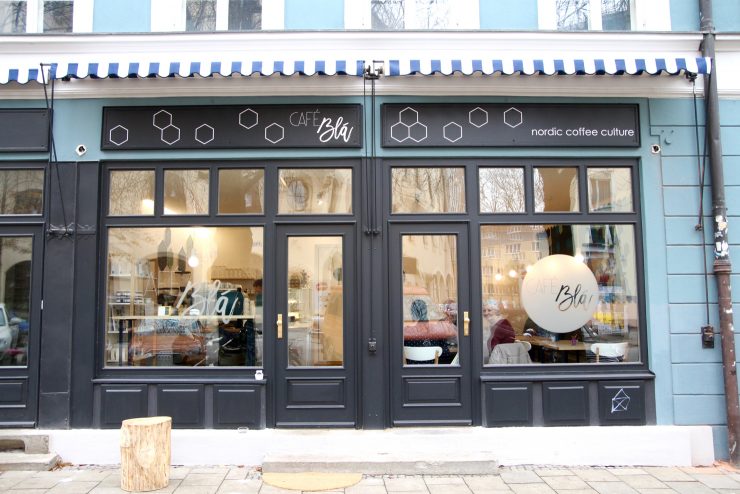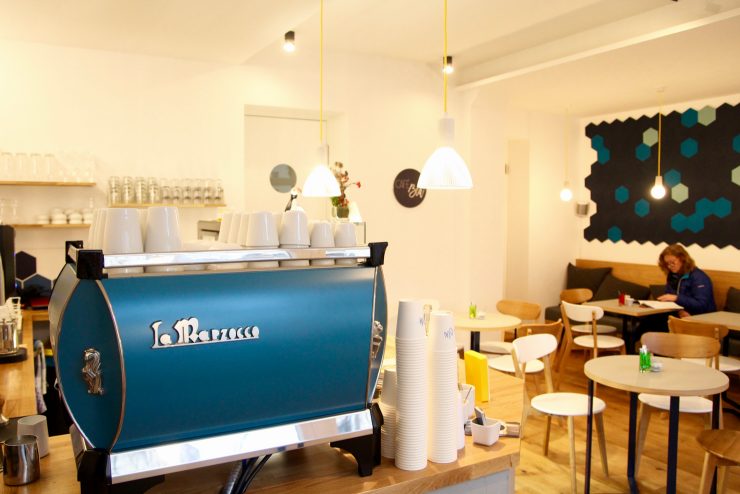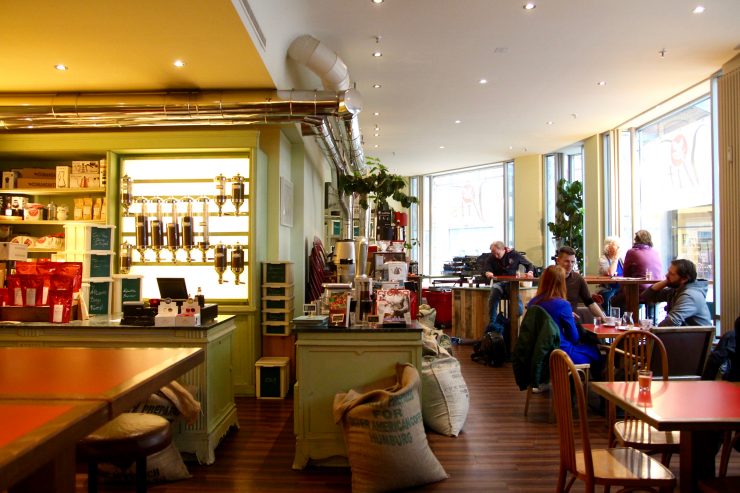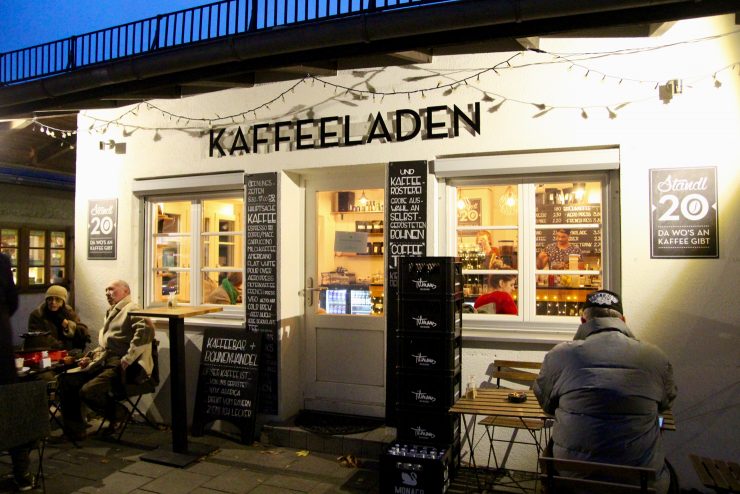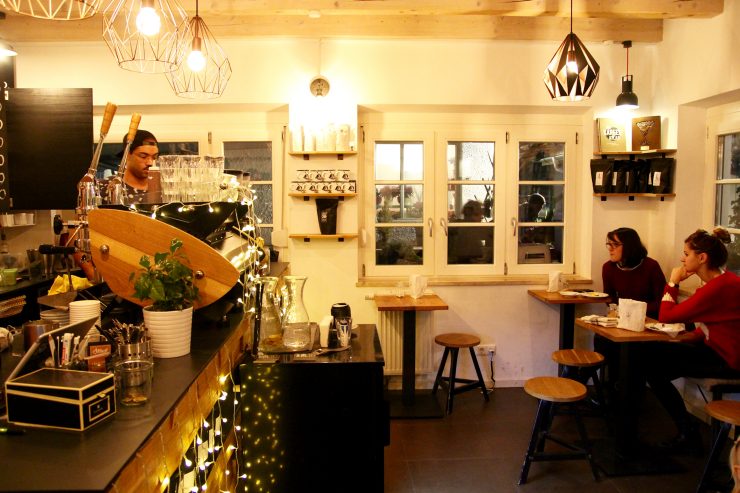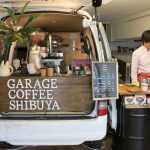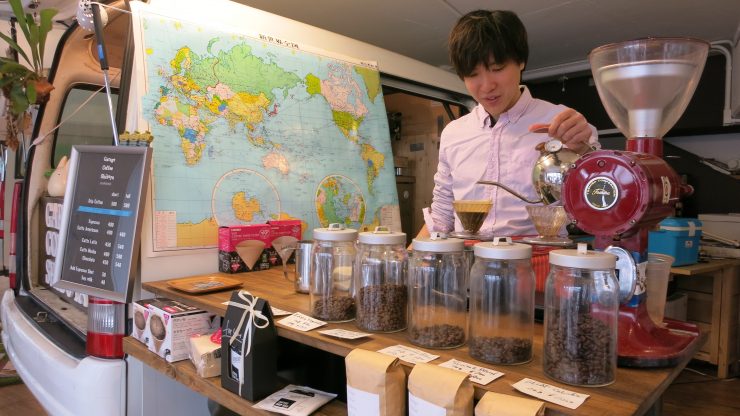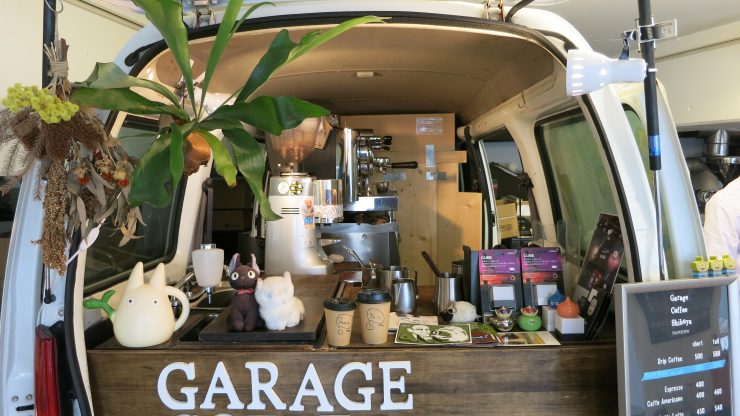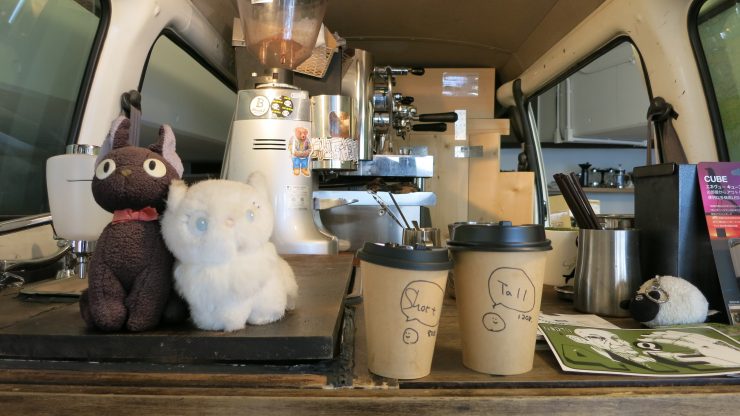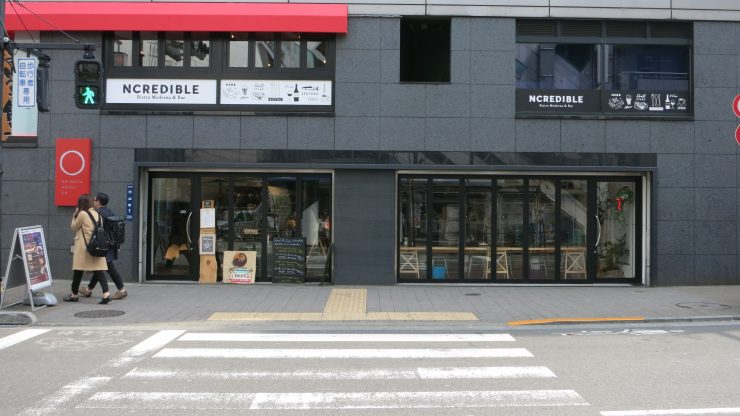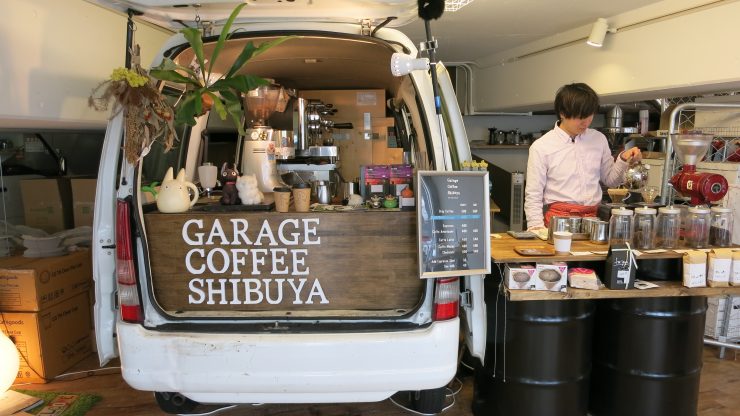Ser productor de café significa vivir una vida de incertidumbre. Si bien pueden tomarse medidas para mejorar la calidad, y por tanto los precios, la verdad es que las tendencias
del mercado y el rendimiento/calidad de la cosecha son impredecibles. Nada es seguro hasta que el café se empaca y catado, y se paga el precio.
Los productores de café son notoriamente mal pagados en una industria relativamente rica.
Parte de esto se debe a la estructura de la cadena de distribución. Otra parte de ella se debe a los riesgos inherentes al cultivo del café, desde el clima impredecible hasta las plagas y la escasez de mano de obra.
No podemos esperar cubrir todas estas cuestiones en un solo artículo, pero aquí están algunos de los mayores y más apremiantes desafíos que enfrentan los productores de café de todo el mundo.
English Version: What Are The Main Challenges Faced by Coffee Producers?

Productores de café en El Manzano en El Salvador. Créditos: Campos Coffee
Plagas, Enfermedades y Hongos
Las plagas, las enfermedades y los hongos se han convertido en una amenaza real para muchos productores. La roya es una de las enfermedades más famosas, y ha estado afectando los cultivos de café por más de un siglo. En 2012, golpeó duramente a Centroamérica. Y durante los próximos dos años, causó más de USD$ 1 Billones en daños (USAID).
VER TAMBIÉN: Como los Ixil Están Combatiendo la Roya de Forma Orgánica
María Pacas, productora de café de quinta generación con Café Pacas, El Salvador, me dijo que ha notado que los niveles de los cultivos han disminuido en los últimos años debido a la epidemia de 2012. En la región de Ixil, Guatemala, destruyó el 75% de la cosecha de café.
Si bien la roya no afecta a todas las variedades y especies de café, normalmente son las que producen café de mayor calidad y se venden a precios más altos – están son las más susceptibles. E incluso los agricultores que optan por plantar especies y variedades de café resistentes a la roya, aceptando menores ingresos a cambio de un menor riesgo, siguen siendo vulnerables. Como organismo vivo, la roya está constantemente cambiando.
Después de 2012, muchos agricultores de Honduras sembraron Lempira como una cosecha de reemplazo resistente a la roya. Pero a principios de este mes, se informó de que la WCR había recategorizado a Lempira como susceptible a la roya – y advirtió a los productores de Honduras de “el posible desarrollo de un ataque severo una vez que se establezcan las lluvias”.
En Facebook, WCR respondió a la situación afirmando que “un problema subyacente es que hemos estado confiando en las mismas variedades para la resistencia a la corrosión durante demasiados años”. Sin embargo, el cambio de los cultivos es costoso, especialmente cuando los árboles tardan cinco años en producir las mismas cantidades de café. Y la investigación lleva tiempo.
Otro gran problema es la broca, que agujerea dentro la cereza del café y pone los huevos en el endospermo de la semilla. Pero los agricultores tienen que estar atentos a mucho más que la broca: otras plagas comunes incluyen la escala de café verde, cochinillas, termitas, minador y muchos más. Todos estos afectan tanto la calidad como el rendimiento de los cultivos de café.
VER TAMBIÉN: La Broca del Café: Una Trampa Casera que Cuesta Centavos

La Roya: Una enfermedad foliar devastadora que amenaza el café en todas partes. Crédito: Patrick Murray
El Cambio Climático Causa Problemas para la Arábica
Los productores no tienen control sobre los cambios en el medio ambiente, pero cuando su cosecha sufre como resultado, ellos también. Ellos necesitan su temporada de cosecha para cubrir los costos fijos que han incurrido durante todo el año.
En la actualidad, el cambio climático está llevando al aumento de las temperaturas y los nuevos patrones de lluvia – algo que está poniendo a las especies de café Arábica bajo amenaza. Hay cuatro especies principales: Arabica, Robusta, Excelsa y Libérica. Arábica es ampliamente considerada como la de mejor calidad, gracias a sus sabores aromáticos, por lo que atrae precios más altos. También representa aproximadamente el doble del mercado internacional del café (ICO).
Sin embargo, el Arábica es más sensible a los aumentos de la temperatura, que reducen su crecimiento, capacidad de florecer, y la consiguiente capacidad de producir fruta. Necesita crecer a temperaturas más frías que las otras especies. Esto significa que generalmente se cultiva en altitudes más altas.
A medida que el clima cambia, la tierra fértil disponible para Arábica disminuye. De hecho, el Grupo Intergubernamental de Expertos sobre el Cambio Climático (IPCC) ha pronosticado una disminución del 10 – 20 % en el rendimiento total de las cosechas para 2050. Además, las plagas que una vez encontraron las altas altitudes de las fincas arábicas demasiado frías para sobrevivir ahora pueden prosperar ahí. Y el Arábica es más sensible a estos que el Robusta.
Es fácil escuchar datos como este y no ser capaz de imaginar el impacto real en la finca. Pero mientras que este cambio ocurre lentamente, durante años, todavía es visible en árboles más débiles y un mayor número de plagas.

El cambio climático afecta las alturas en las que crece el café. Crédito: Angie Molina Ospina
Cambio Climático y Lluvias impredecibles
Además, esas lluvias fuertes y repentinas tienen un impacto fuerte e inmediato. Los productores dependen de una temporada de cosecha seca – algo que, en un momento dado, en la mayoría de los países podrían dar casi por sentado. Ahora, sin embargo, es una historia diferente.
Las lluvias fuertes pueden causar problemas durante la cosecha y el procesamiento: cerezas se dividen en el árbol y pierden su mucílago, fermentación durante el procesamiento, y más. Esta es una preocupación particular cuando los productores usan procesos como honey, natural / seco, ya que estos necesitan mucho tiempo bajo la luz solar directa para secar completamente.
También pueden conducir a cosechas impredecibles. Las cerezas del café maduran nueve meses después de que las flores del café florecen (con Arábica – varía de especie a
especie). Sin embargo, Eko Purnomowidi, un productor de café en Java, Indonesia y socio de Olam Specialty Coffee, me dice que los cambios en los patrones de las precipitaciones estacionales han causado una errática floración en los últimos años. Esto significa que las cerezas de café maduran en diferentes momentos.
¿El resultado?Los recolectores también tienen que recoger las cerezas de café en diferentes momentos. Si lo manejan mal, podrían terminar recolectando cerezas de café inmaduros, lo cual tendría un impacto negativo en el sabor del café y los compradores de especialidad estarían menos interesados.
Alternativamente, la fruta demasiado madura empieza a desarrollar notas de hierbas menos atractivas. Y si las cerezas caen del árbol, porque han sido dejadas demasiado tiempo antes de cosechar, pueden fermentar en la tierra y causar sabores desagradables en la taza. En el peor de los casos, puede resultar en defectos de grano negro o parcial – e incluso sólo un grano negro completo en una muestra de 300 g descartará el estado del café especial.

Estas cerezas de café están madurando en diferentes momentos. Créditos: All about coffee and more
Escasez de Mano de Obra
Hemos estudiado las cuestiones relacionadas con el cultivo del café en sí. Ahora veamos los productores de café y los trabajadores agrícolas.
Heleanna Georgalis, Directora General de Moplaco, Etiopía, me dice que uno de los mayores riesgos que ve es la falta de mano de obra. El procesamiento del café requiere trabajadores en todas las etapas del proceso.
Sin embargo, la edad promedio de un productor de café está creciendo, y el número de ellos está disminuyendo. Los niños de familias productoras de café, viendo las luchas que enfrentan sus familias, suelen optar por emigrar a la ciudad para encontrar mejores oportunidades.
Además de esto, los agricultores a menudo hablan de la dificultad de encontrar recolectores de café para cosechar las cerezas de café del árbol. Ya hemos hablado de la importancia de recoger el café cuando está maduro, pero sólo es posible hacerlo cuando hay suficiente personal.
En la mayoría de los lugares, la recolección de café es estacional y a veces incluso un trabajo nómada. Se paga a los recolectores sobre la base del peso de las cerezas que recogen, y necesitan trabajar 8 horas al día en laderas empinadas para su pago. Luego, al final de la cosecha, tienen que encontrar otros trabajos o mudarse a otras regiones. Es fácil ver por qué la gente elige otras formas de trabajo.
Evelio Francisco Alvarado, gerente general de Anacafé, me dice que el trabajo representa el 50-65% del costo de la producción de café en América Latina. Pero cuando hay pocos trabajadores disponibles, el precio aumenta. María Pacas también me dice que este aumento en los costos la ha forzado a automatizar algunos de los procesos de Café Pacas.

Sin estos recolectores de café, el café sólo se fermentaría en la rama. Crédito: Campesino Specialty
Fluctuación de Precios e Ingresos Inciertos
Tanto los productores de café de grado comercial como los de especialidad se ven afectados por las fluctuaciones de precios, aunque existen diferencias en el cómo. Comencemos por ver el café comercial.
El precio de grado comercial (precio C) se basa principalmente en el NY Commodity Exchange. Pero Evelio Francisco Alvarado explica que este precio fluctúa regularmente. Por ejemplo Brasil: de 2010/11 a 2013, los precios del café cayeron a menos de la mitad, mientras que los costos siguieron aumentando. Desafortunadamente, el precio de C se basa en la oferta y la demanda – no el costo de la agricultura.
Es más, debido a estas fluctuaciones, los productores son incapaces de predecir las tendencias de precios y planificar el futuro. Evelio me dice que Anacafé lo considera crucial, ya que los productores necesitan conocer sus costos de producción y ver sus fincas como una organización real y rentable.
VER TAMBIÉN: Perspectiva del Productor: 4 Claves Para un Cultivo Exitoso
Jhon Espitia, agrónomo y caficultor en Colombia, me dice que esto se vuelve más complejo cuando miramos el impacto del cambio climático. Los productores saben que, si se centran en el café de alta calidad, pueden intentar entrar en el mercado especializado. Esto suele estar relacionado con el aumento de los ingresos, pero también requiere mayores inversiones en términos de recursos y esfuerzo. Los productores están intercambiando un riesgo por otro.
El mayor temor de un productor que está considerando trabajar en café especial es que no obtendrán lo suficiente a cambio de sus esfuerzos. O que, tal vez lo harán un año, pero el siguiente, el clima les impedirá producir café de calidad y perderán el precio premium.

Cerezas de café maduras secas en los patios de la Finca El Manzano / Mina Seca Cuatro M, El Salvador. Crédito: Cuatro M
Habilidad Limitada para Valorar el Café
Relacionado con las preocupaciones sobre el precio y la calidad es el hecho de que muchos productores son incapaces de valorar su propio café de la misma manera que los compradores y los consumidores. Esto puede dificultar tanto la mejora de los métodos agrícolas como la negociación con los compradores.
Heleanna explica que esto es especialmente difícil para los pequeños agricultores, que se centran principalmente en sus necesidades básicas para que puedan sobrevivir día a día. Para ellos, lo que el consumidor quiere es de poca relevancia para su vida.
Y para aquellos capaces de enfocarse en la calidad del café, todavía necesitan adquirir nuevas habilidades: la catación y el conocimiento sensorial, la comprensión del mercado y, a menudo, el marketing, o al menos una manera de hacerse visible para los compradores de café especiales. Esta es otra razón por la cual el café especial puede ser un riesgo.
“Los agricultores más grandes y las grandes cooperativas se preocupan, y tratan de producir café mejor, si el incentivo de precios está ahí”, dice Heleanna. “No olvides que los consumidores quieren lo mejor sin tener que pagar por ello. Y aunque los consumidores realmente pagan mejores precios, esto no se canaliza hacia el productor. Es el importador que se beneficia, en la mayoría de los casos. “

Una familia de productores de café indígenas en Cauca, Colombia. Crédito: Angie Molina Ospina
El cultivo del café es un medio de vida para millones de personas en todo el mundo. Estos desafíos tienen un impacto real en sus vidas, ya sean propietarios de grandes fincas o
pequeños propietarios que producen sólo 30 de 60 kilos al año.
No hay una solución fácil a estos desafíos. Pero como consumidores, compradores, tostadores y baristas, necesitamos pedir más que una taza de café. Tenemos la capacidad de elegir dónde gastamos nuestro dinero – y preguntar cuánto se paga a los productores.
Escrito por Angie Molina Ospina.
Traducido por Alejandra Muñoz y Editado por Karla Ly
¿Quieres Seguir Leyendo Artículos Como Este? ¡Suscríbete Aquí!
from RSSMix.com Mix ID 8200593 https://www.perfectdailygrind.com/2017/05/cuales-son-los-principales-retos-que-enfrentan-los-productores/


